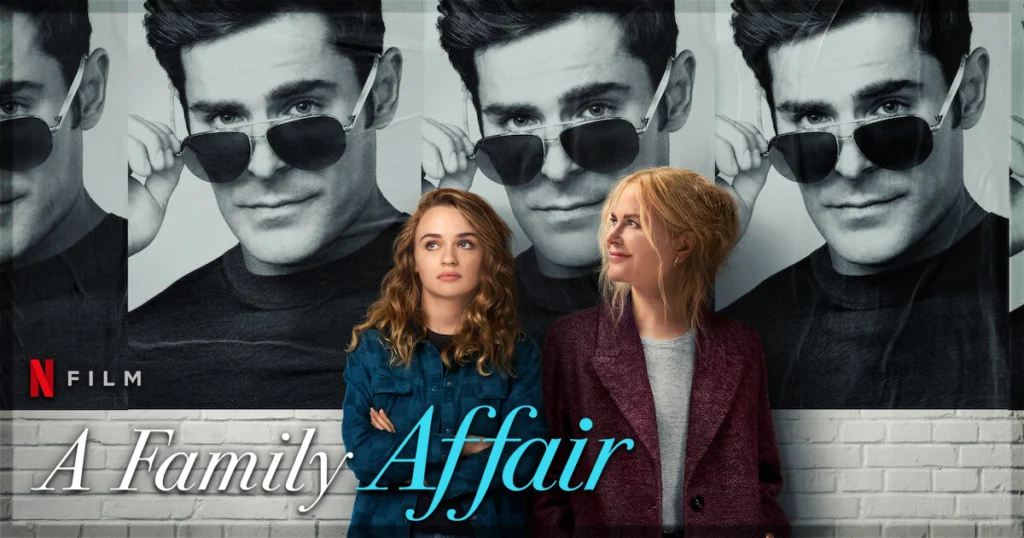To this day, Apollo 11’s successful landing on the moon is one of humanity’s greatest feats – an inspiring amalgamation of ingenuity, ambition, and cooperation. Fly Me to the Moon, to this critic’s knowledge, is the first to use this mission for a romantic comedy setting. It’s certainly an unorthodox choice, and while it does deliver a fairly breezy experience, it’s also tonally uneven and far too conventional a story for its own good.
Scarlett Johansson’s Kelly Jones and selling space
Similar to movies like Amadeus or Inglourious Basterds, Fly Me to the Moon sets a fictional story to the backdrop of real events. Kelly Jones (Scarlett Johansson) is a spunky marketing strategist with a knack for twisting the truth to obtain her aims. She is approached by Moe Berkus (Woody Harrelson), a government official who wants Jones to assist in selling the importance of the upcoming Apollo 11 mission. Public enthusiasm has waned since the start of the decade, and Berkus wants to make the American victory in the Space Race as big a spectacle as possible.
Intrigued by the challenge such an offer presents, Jones accepts. Upon arriving at Cape Canaveral, however, she finds herself butting heads with the mission’s Flight Director, Cole Davis (Channing Tatum), who finds the pomp of Jones’ actions entirely frivolous. Given that she is replacing the real engineers and directors with actors and negotiating capitalist tie-ins to the mission in the form of consumerist items, one is hard-pressed to disagree with him. Yet, of course, their friction gradually morphs into one of kindredship, a budding romantic connection that is put to the test when Jones is ordered to stage an alternate version of the moon landing, should the original mission go awry.
A backup for the moon landing – just in case
Even though it has been demonstrably proven in a hundred different ways that the moon landing did in fact happen, the number of people who still believe it was faked is both surprising and frustrating. The film thankfully doesn’t give too much credence to the conspiracy, as it uses the idea of a fake film being shot more as a climatic setting than a declaration of fact. That the film doesn’t forewarn us of the fictionality of the story, beyond one voiceover that says it’s “mostly” based on a true story, could lead some audiences astray regarding what’s real and what isn’t. Given that Fly Me to the Moon encapsulates a message about authenticity and collaboration versus shallow showmanship – albeit an extremely on-the-nose version of it given how often the debate is discussed through dialogue – there does seem to be good intentions within this arguably questionable choice to filter a popular, if easily debunked, conspiracy into its story.
Beyond this, the film emphasizes the importance of earnestness in all aspects of life, be it achieving a near-impossible mission or developing romantic connections. It’s an admirable ambition, but it is highlighted to the point of being cloying. Director Greg Berlanti previously helmed the amiable Love, Simon, and a similar warmness in the character dynamics do permeate this picture. Their interactions, be they butting heads or having meet-cutes, have a playfulness that slowly but surely builds their mutual chemistry. But these characters follow predictable trajectories in how they dislike each other, grow to respect each other, and eventually fall in love, minus one hiccup in the third act that serves as the crisis point. It’s all very agreeable, but it’s also been done to death many times before.
The spectacularisation of the film’s craftsmanship also feels counterproductive, given that it is using Kelly’s knack for flair and dramatics as a point for contention while partaking in it themselves. The buildup to this historic launch is felt throughout as the cinematography captures the scale of the mass crowds both working on and, eventually, anticipating this mission. The piano and violin score feeds into this anticipation, and Cole often passes the time by looking up at the stars, be it pensively or determinedly. This score becomes when partnered with scenes of Kelly and Cole eating food, flying in planes, and generally growing closer.
The film is occasionally amusing given the quirks of the characters and their responses to the plot’s hurdles – with Cole’s superstitious attitude towards a black cat that keeps wandering into NASA being a highlight – but it’s never laugh-out-loud funny due to the script’s commitment to its tried and tested narrative structure. It’s aesthetically pleasing for sure, but it also feels contrived in design and execution.
The chemistry between Scarlett Johansson and Channing Tatum in Fly Me to the Moon
The performances do a lot of heavy lifting when it comes to generating intrigue in the characters. Scarlett Johansson should be given a medal for how much of the film she’s single-handedly carrying. She’s able to fluctuate between conniving snarkiness and subdued vulnerability as her character starts to let their walls fall down. The chemistry between her and Tatum is palpable as these two play off of each other’s idiosyncrasies and contrasts. It’s easier to digest the film thanks to these actors, but it’s not enough to achieve the desired lift-off.
As uninspiring as Fly Me to the Moon is, it’s difficult to write off completely. All things considered, it’s a light romantic comedy with a solid heart at its core. For many, that’ll be enough to make it a fine time at the movies. But, for this reviewer, the film is simply too light. It’s cookie-cutter and formulaic, with an arguably problematic relationship with the truth for the purposes of tired drama. Perhaps I’ve spent too long in my ivory tower, but Fly Me to the Moon lacks the force to break free from the atmosphere of redundant conventionalism.
2 stars
Fly Me to the Moon is now in theaters.
Learn more, including how to buy tickets, by visiting the website for the title.


